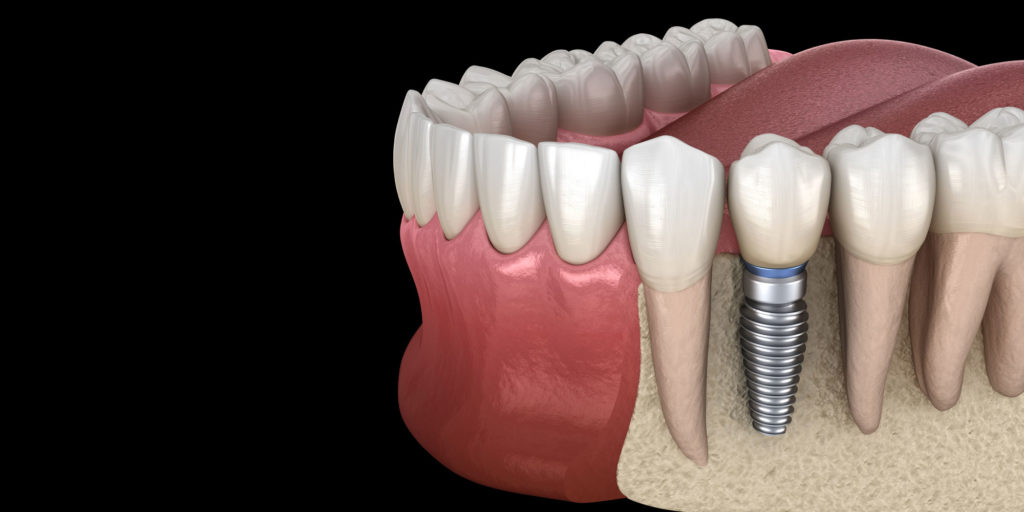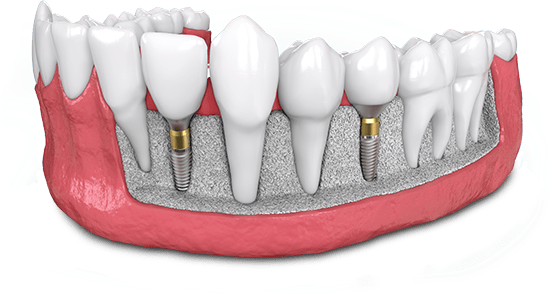
Ensure Successful Dental Implant Treatment
If teeth are lost or extracted, bone loss will occur wherever absent tooth roots are no longer stimulating the bone. A loss of bone volume can be subtle or create an obvious change in facial appearance, as with the “sunken-in” look of someone who has no teeth. However, bone loss is harmful in even minor situations as it can cause surrounding teeth to shift and change your bite. The good news is that dental implants can halt this bone loss, but sometimes to qualify for these permanent tooth replacements, bone grafting is needed first.
Bone grafting is a procedure that restores the proper bone quality and volume to your jaw after bone loss. We’ve set protocols in place, especially in the case of full mouth dental implants, to eliminate the need for bone grafting in Phoenix, AZ whenever possible. However, bone quality and health are crucial to the long-term success and stability of dental implants. If you need bone grafting, we can complete this procedure right in our implant center, generally during the same appointment as your dental implant placement. We’ll determine whether you need bone grafting after an evaluation at our office.

Bone Grafting for Any Situation
Our evaluation includes a full CBCT scan. This technology captures highly accurate 3D images of your mouth and is the most precise way to assess the health and quality of your bone. The location of your missing teeth and the length of time you’ve been living without teeth will determine what kind of bone grafting treatment you’ll need. As part of your dental implant treatment, we can generally complete this procedure during the same surgical appointment as your dental implant placement—keeping all your care in a single location. As with all our surgical treatments, yours will be completed by our experienced oral and maxillofacial surgeon, an expert in surgical procedures and experienced in treatments for any situation, including sinus lift and ridge augmentation. Our bone grafting services in Phoenix, AZ include:

Sinus Lift
Bone loss in the back part of the upper jaw results in two issues: the bone shrinking and thinning upward and the sinus cavity sinking down. The result is bone that is too short and weak to support a dental implant without puncturing the sinus membrane. A sinus lift involves raising the sinus floor and placing bone grafting material beneath to restore the quality and height of the bone.

Ridge Augmentation
Tooth loss along an entire ridge results in a large portion of the jawbone that is too thin and weak to support one or more dental implants. A ridge augmentation improves the shape, size, and natural contours of the jaw ridge. In the case where only one tooth is missing, bone grafting material can be added to the socket to preserve the area and slow the resorption process until a dental implant is placed.

